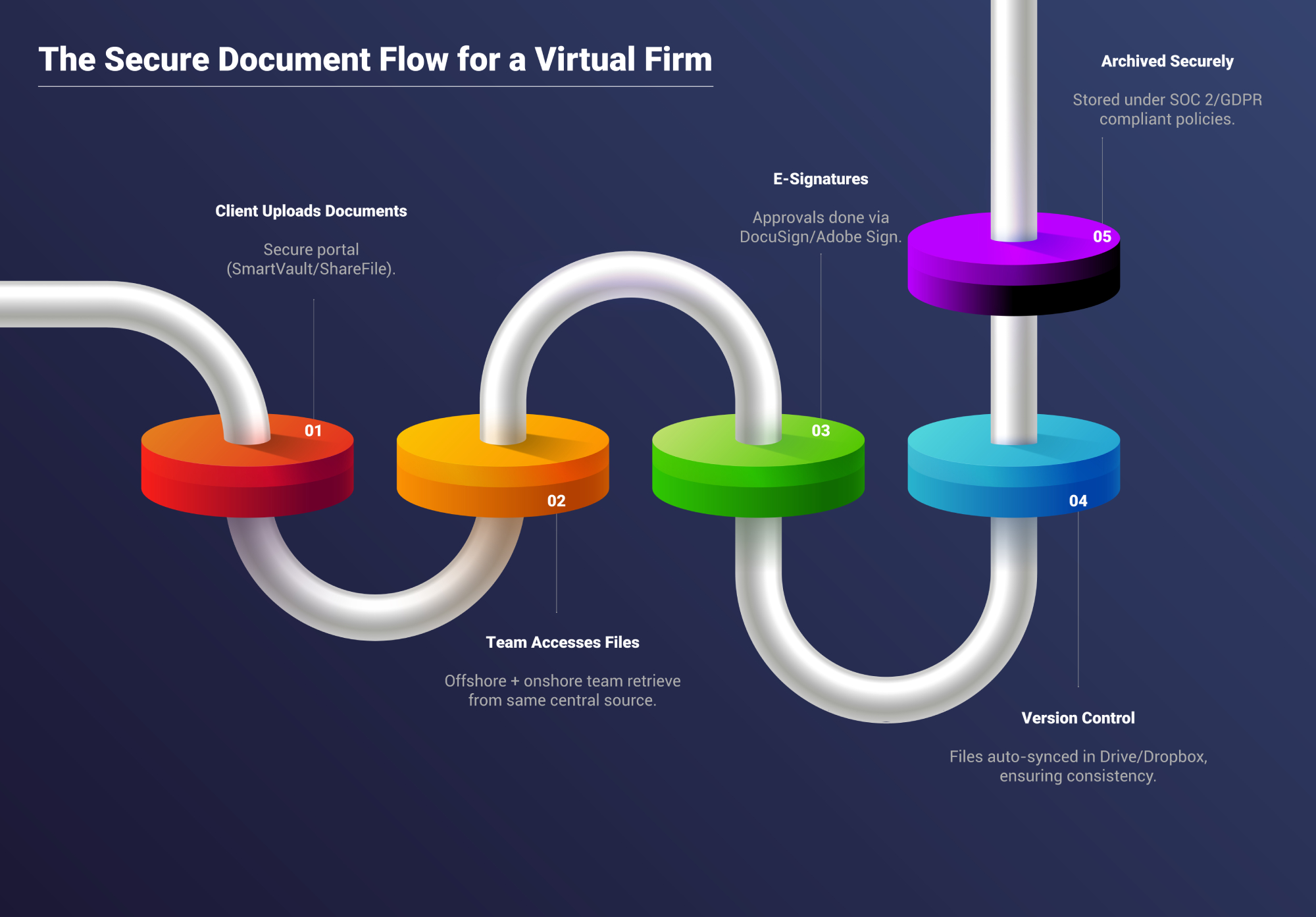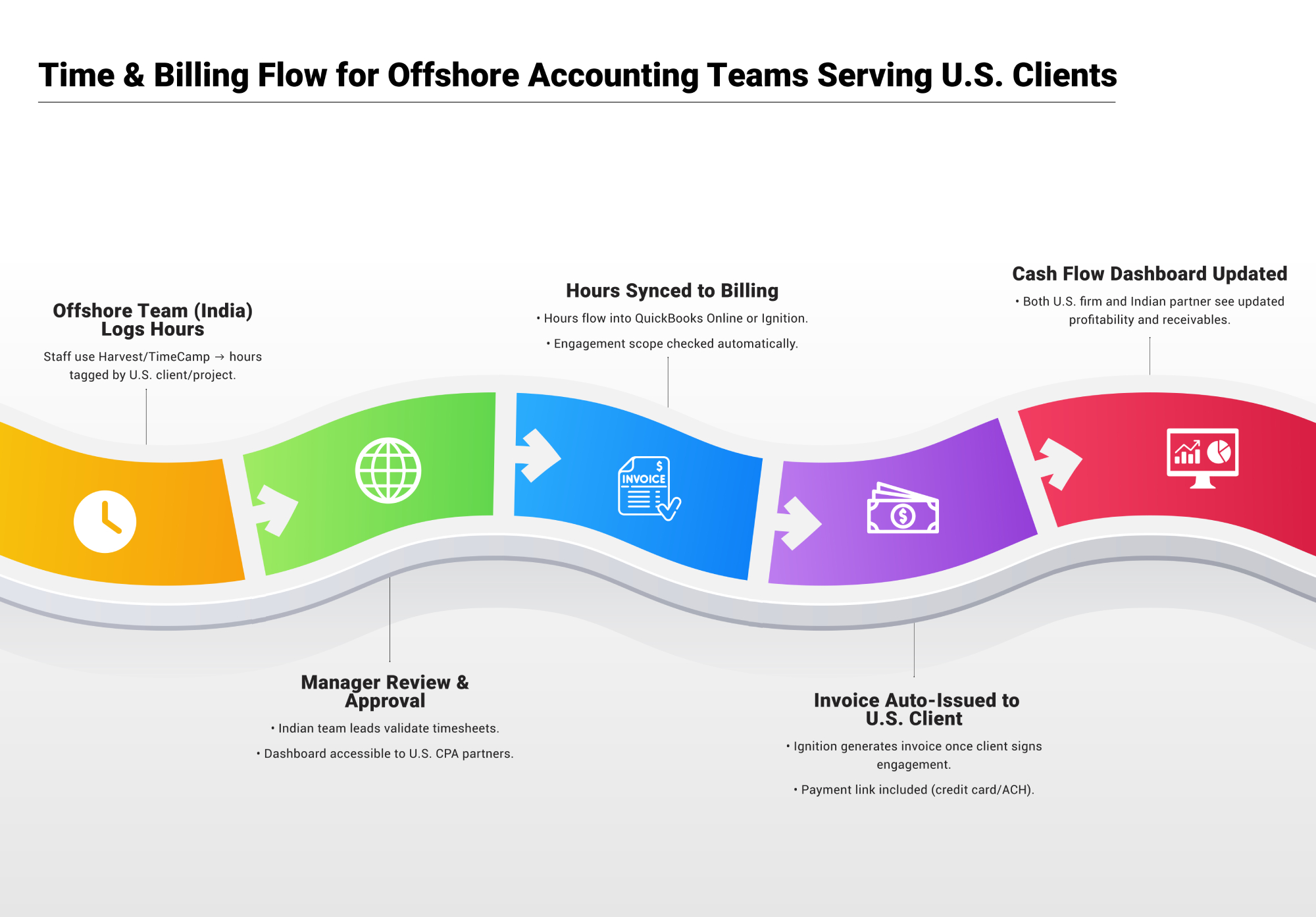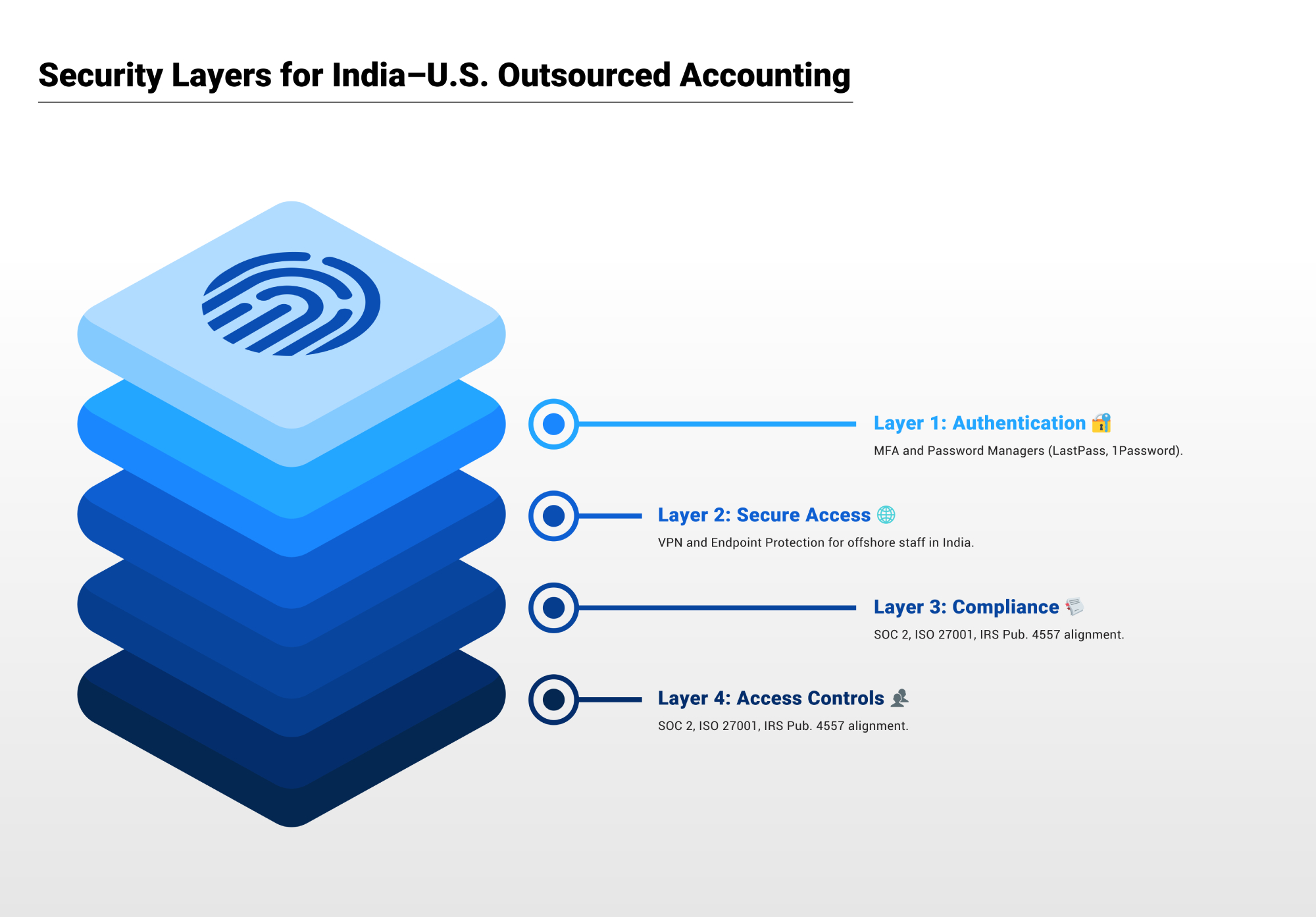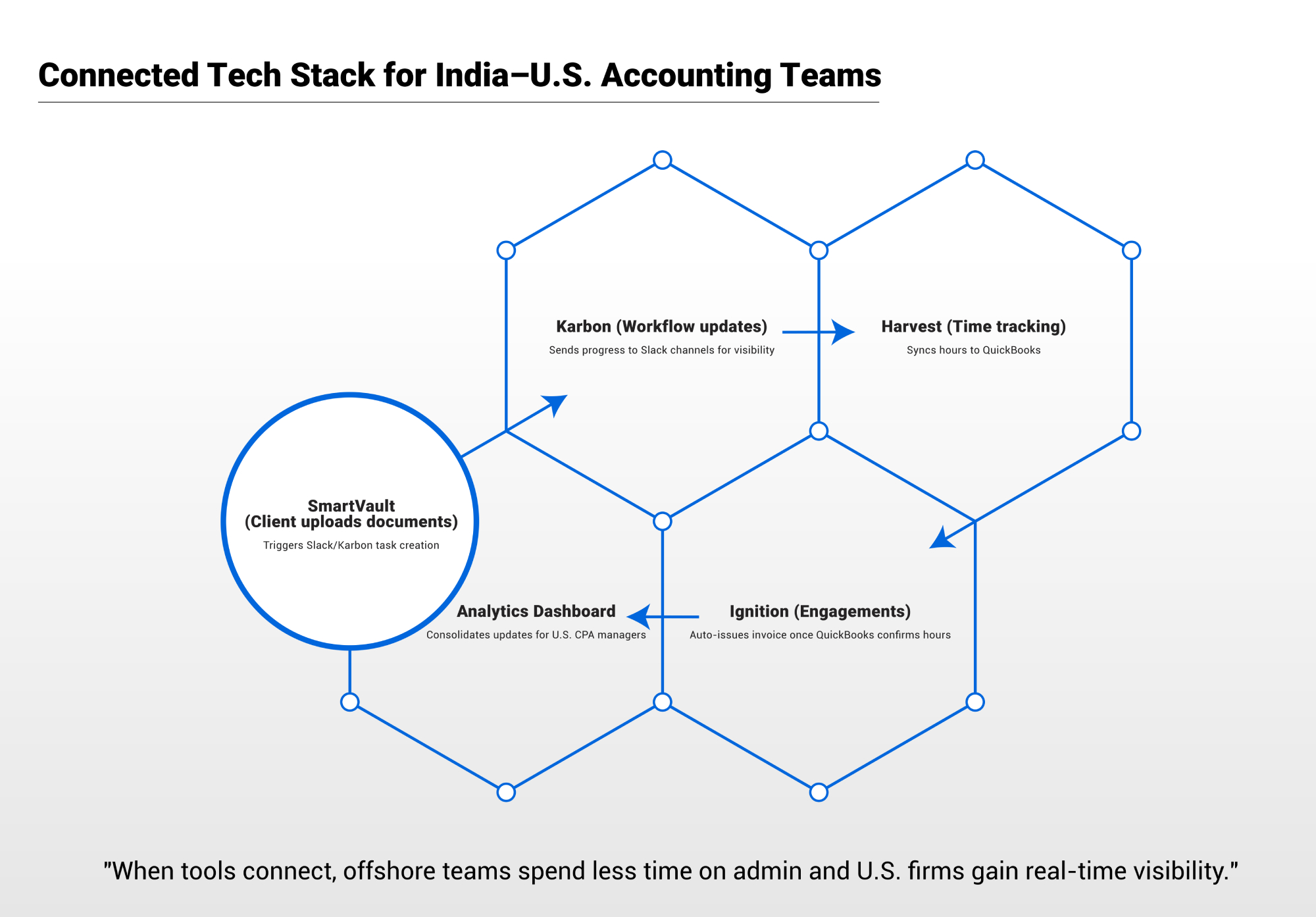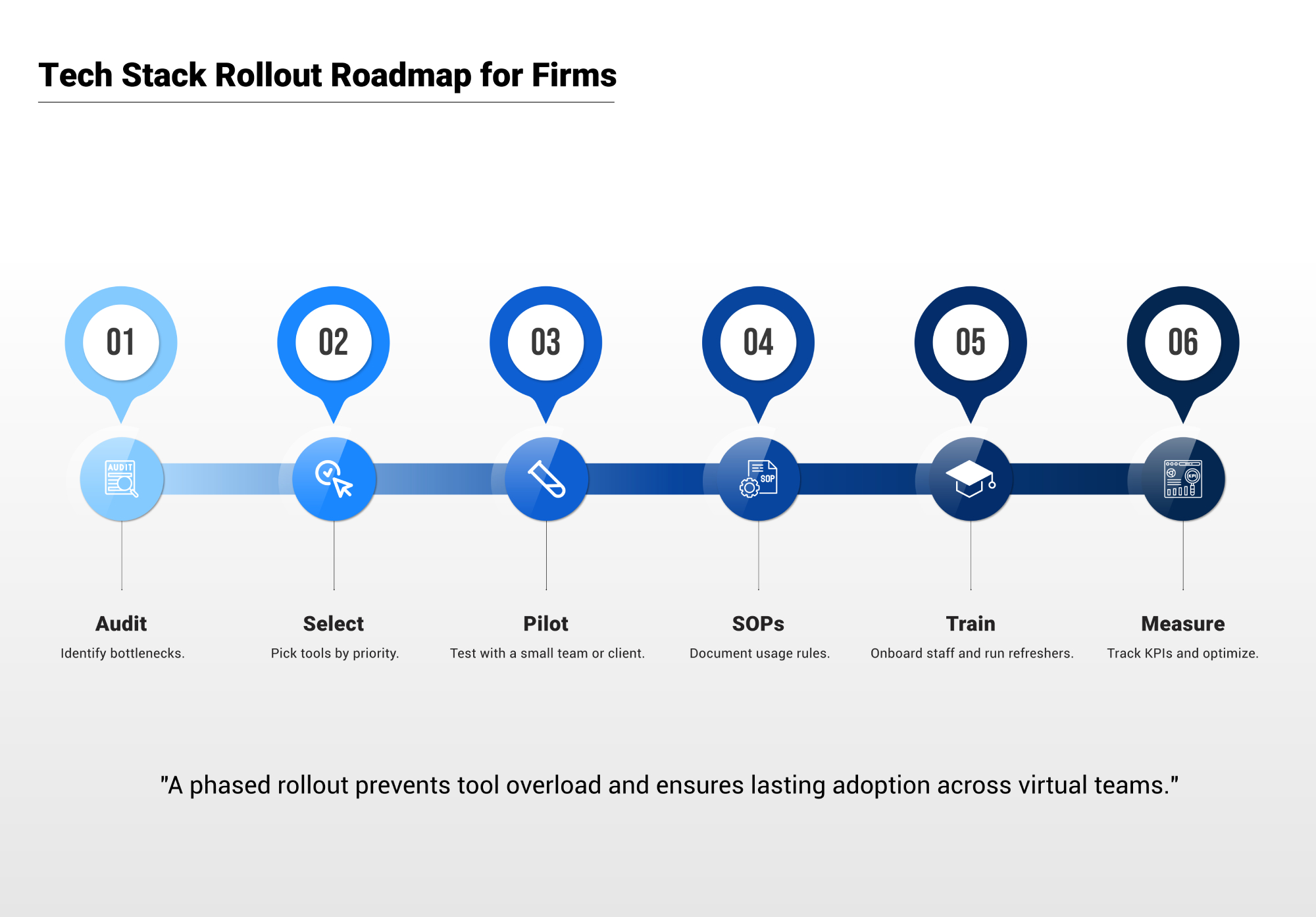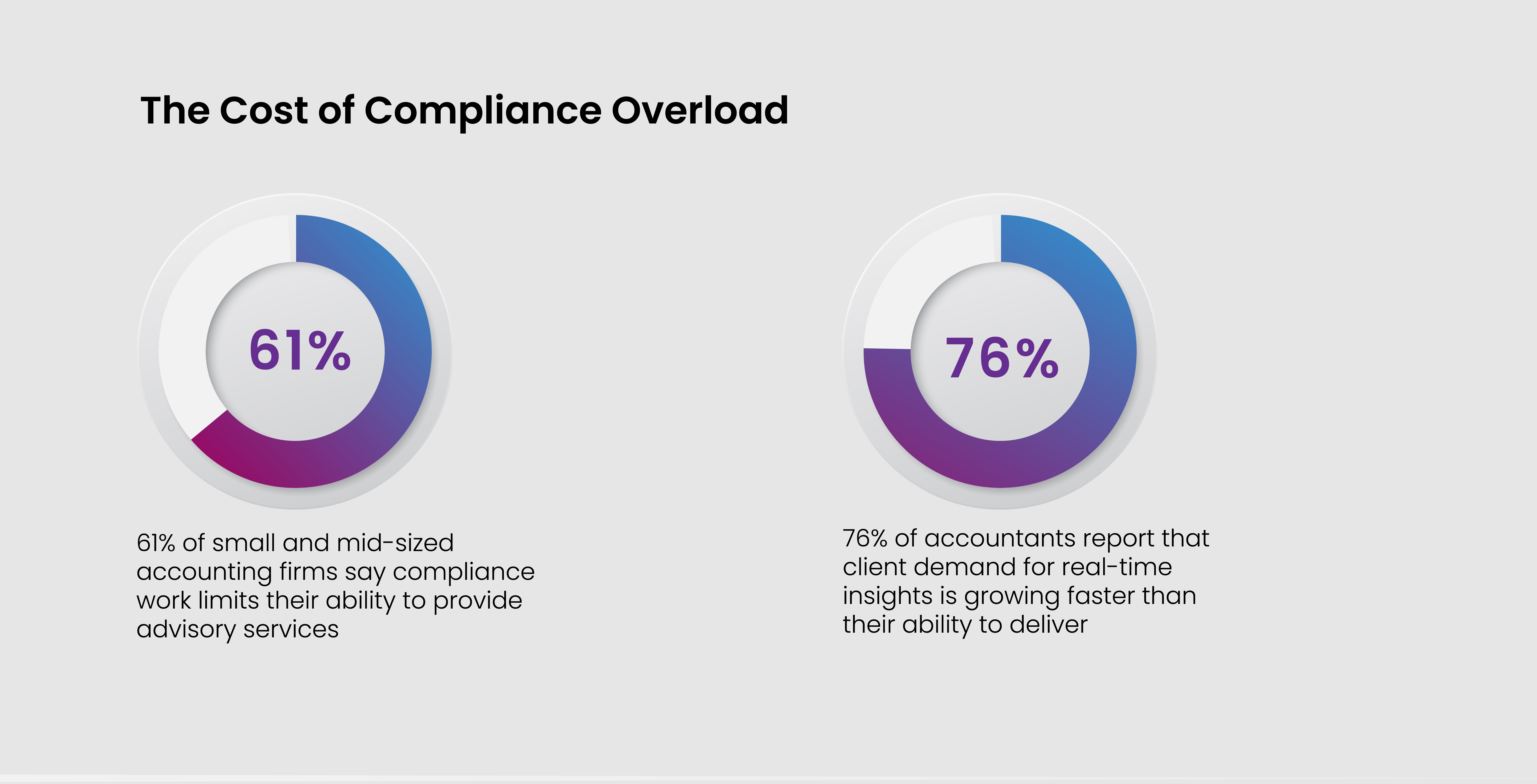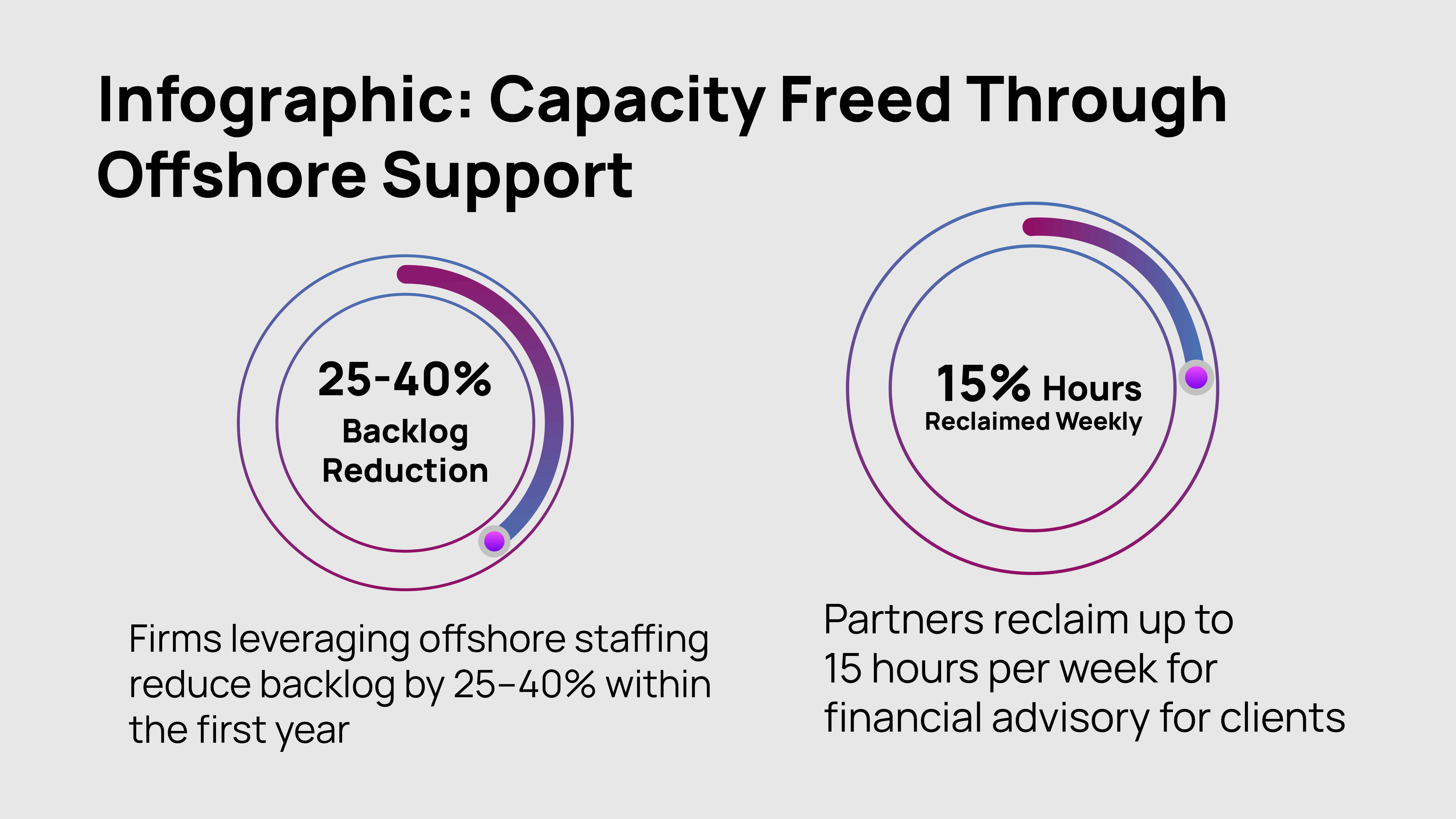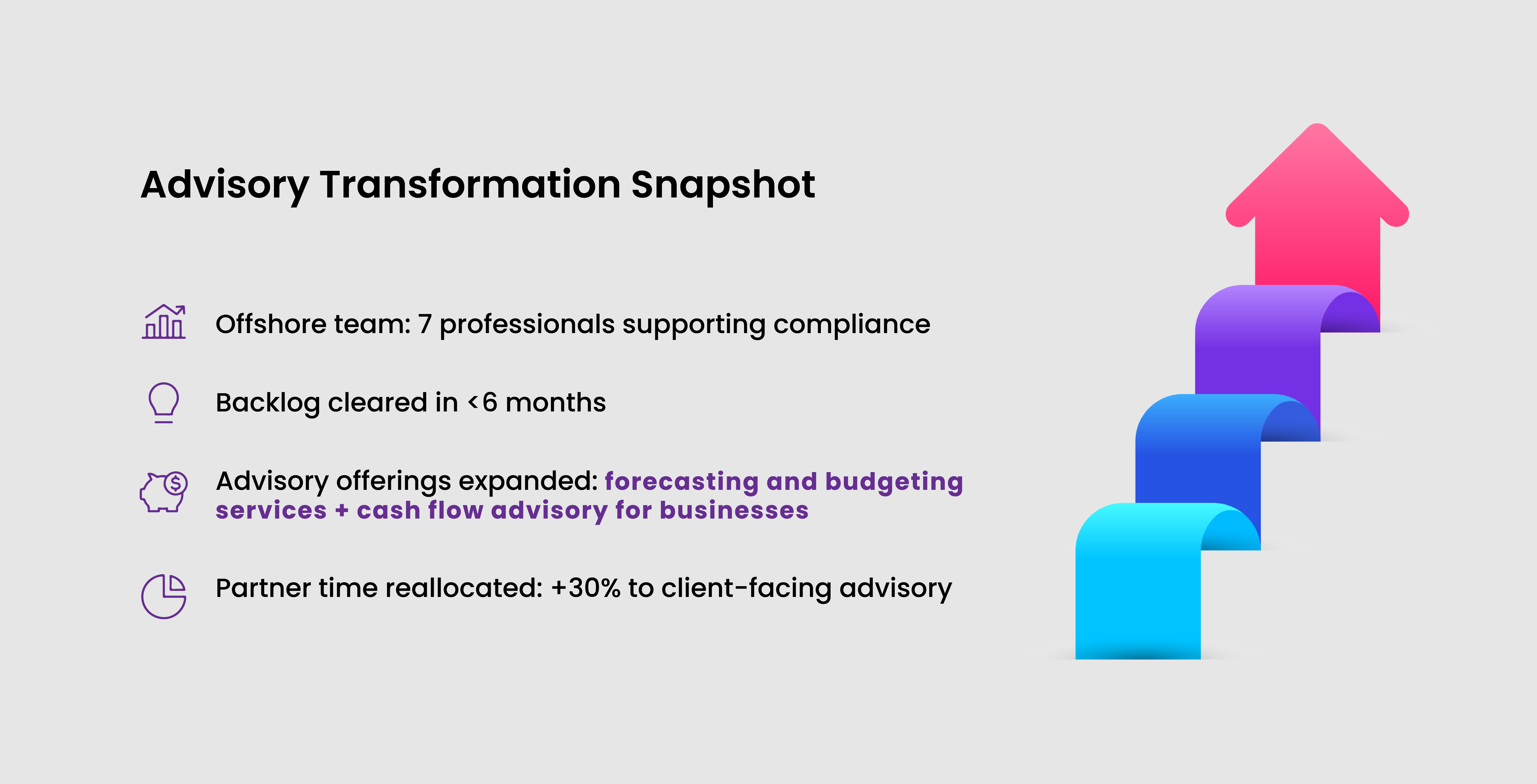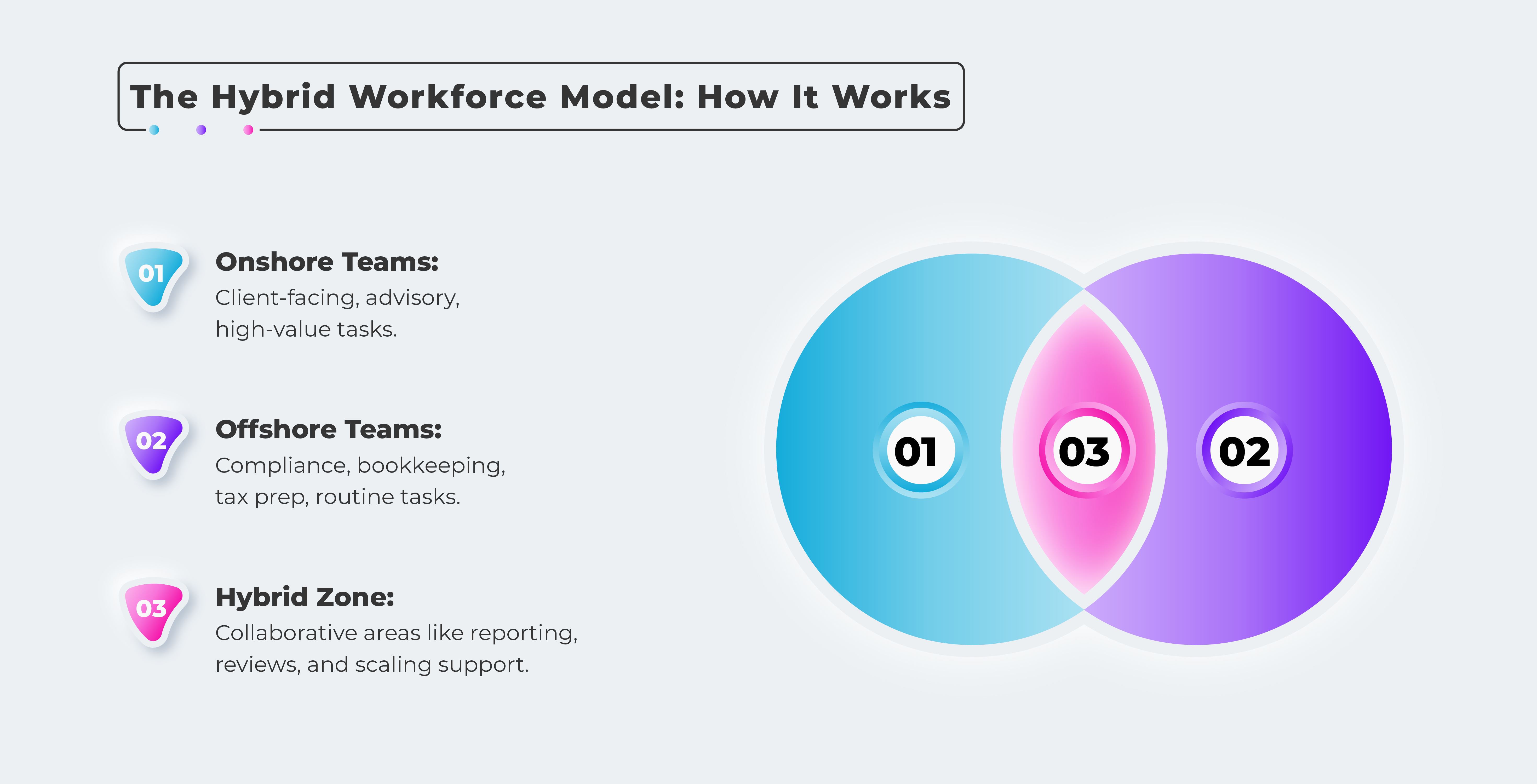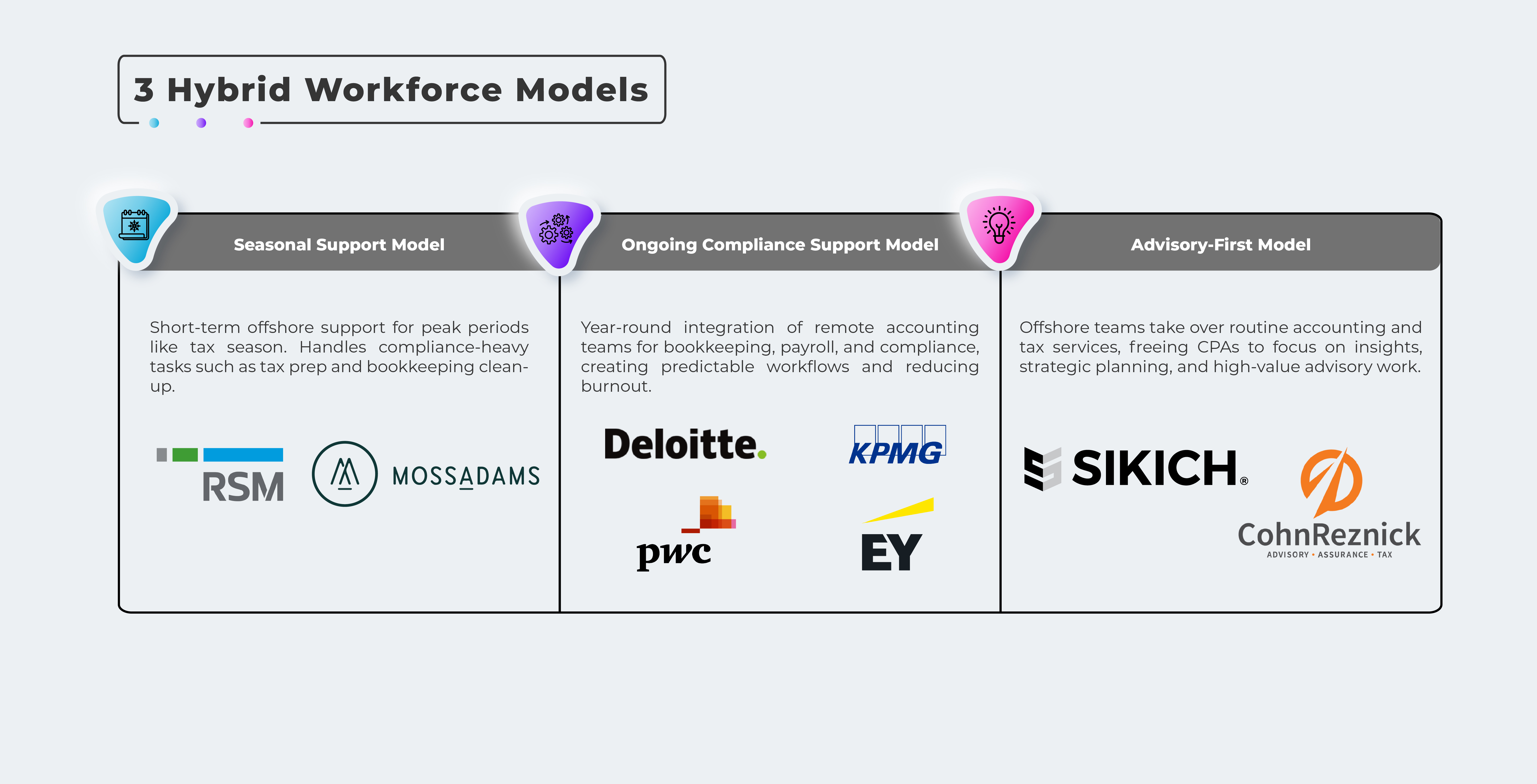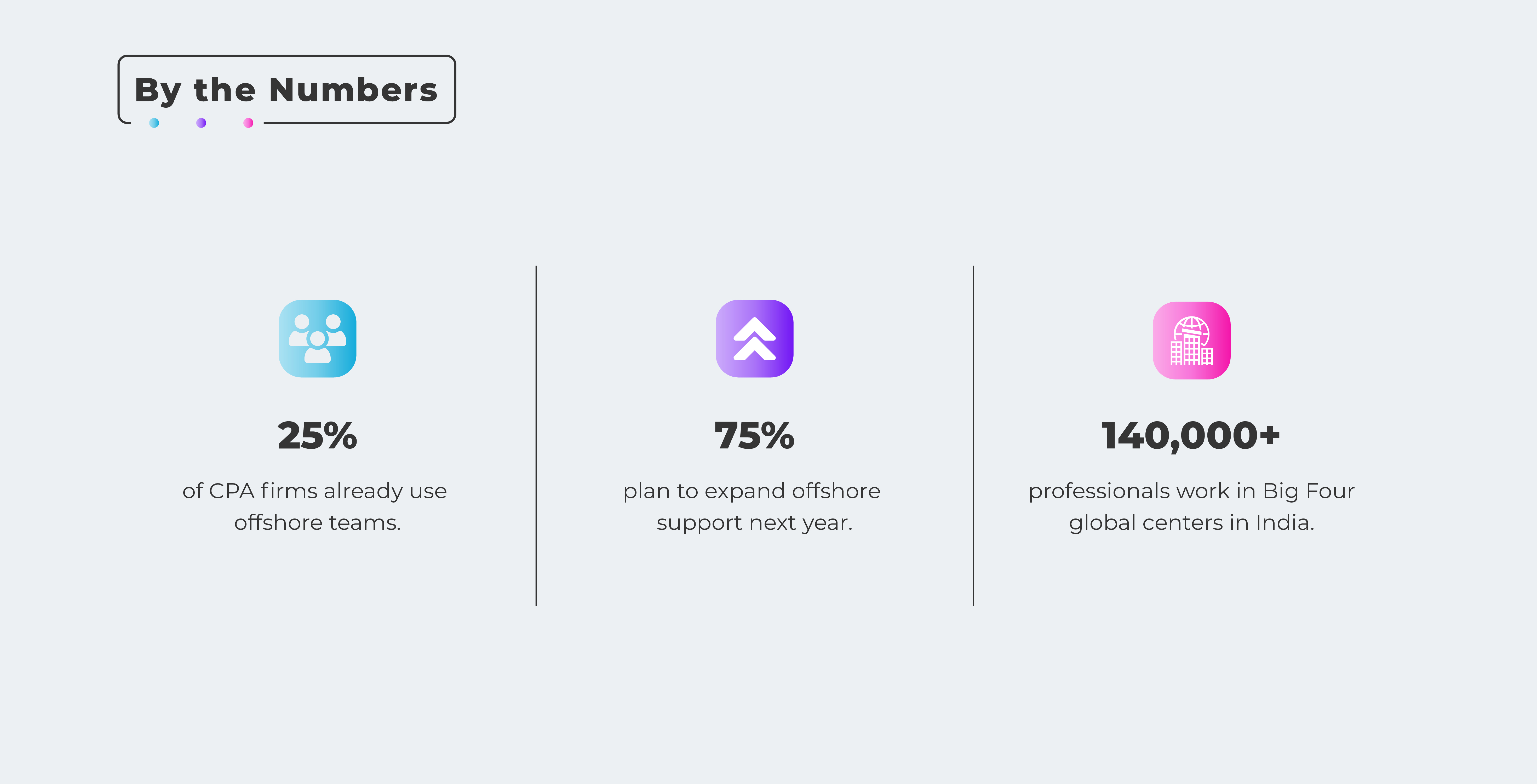Key IRS Compliance Updates for 2026
Standard Deduction & Inflation-Adjusted Brackets
The IRS will release higher standard deduction amounts for Single, MFJ, and HOH filers due to inflation indexing. Revised tax brackets will affect client projections, withholding adjustments, and year-end planning.OBBBA: New Deductions & Legislative Changes (2025–2028)
OBBBA introduces several new tax benefits that increase preparation and review requirements:- $25,000 qualified tips deduction for service workers
- Overtime wages excluded from taxable income
- Up to $10,000 deductible interest on U.S.-assembled auto loans
- New enhanced deduction for taxpayers age 65+
These updates require payroll recalculations, organizer revisions, and increased CPA review time to ensure eligibility and accuracy.
IRS Form Updates (W-2 and W-4)
New reporting rules include:- New Box 12 codes for non-taxable overtime and tips
- Required employer payroll system upgrades
- Additional CPA training to process revised forms without data mismatches
Digital Asset Reporting Expansion
Form 1099-DA becomes mandatory for brokers in 2026. Crypto investors must provide wallet IDs, basis records, and exchange details – substantially increasing documentation volume and reconciliation workload.Filing Season Start Date & E-Filing Updates
The IRS is expected to open filing mid-February (around Presidents Day) due to system reprogramming for OBBBA. Expanded e-filing mandates will apply to more business entities, increasing electronic submission requirements.Refund & Payment Modernization
The IRS continues phasing out paper refund checks. Direct deposit becomes the primary method, making accurate client bank information essential to avoid delays or rejected refunds.Tax Credits, Exemptions & Phaseouts
Key adjustments include:- Updated Child Tax Credit thresholds
- Revised Earned Income Tax Credit parameters
- Increased estate tax exemption (expected near $15M per person)
- Modified or expiring energy-related credits
PTIN Requirements for All Tax Preparers
Preparers must renew PTINs before the season begins. Firms should verify all preparers are compliant to avoid filing disruptions.IRS Direct File Program
The IRS has discontinued the Direct File pilot for the 2026 season, increasing reliance on paid preparers and further elevating demand for CPA-led tax preparation services.Operational Challenges CPA Firms Will Face in 2026
The combination of OBBBA reform, IRS modernization, and expanded reporting requirements will create significant operational pressure on CPA firms during the 2026 tax season. Key challenges include:
Increased Complexity from OBBBA Deductions:
New deduction categories – tips, overtime, auto loan interest, and senior benefits – require additional review, eligibility checks, and documentation. This adds complexity to workpapers and increases the likelihood of client questions and revision cycles.New Payroll Reporting Obligations:
Revised W-2 and W-4 forms, plus new Box 12 codes, introduce more payroll data points to verify. Firms must be prepared for employer errors, system mismatches, and additional reconciliation work.Volume Spikes from Delayed Filing Season Start:
With the IRS likely opening filing in mid-February, firms will face a compressed timeline. Returns that typically arrive in January will now cluster into a shorter window, increasing turnaround pressure and review bottlenecks.Staffing Shortages and Rising Burnout:
Many firms continue to experience limited staffing availability, especially for mid-level tax preparers. Increased complexity heightens burnout risk and makes it harder to maintain workflow continuity during peak weeks.Digital Asset Reporting Expansion:
The introduction of Form 1099-DA requires more documentation, reconciliation, and basis tracking. Crypto-active clients will add substantial time to tax prep cycles, increasing the load on already stretched teams.How CPA Firms Can Prepare for a Smooth 2026 Season
To manage the increased complexity and compressed timeline of the 2026 tax season, firms must strengthen communication, update technology, and refine internal workflows well before January.
Early Client Education & Communication
Proactive communication is critical this year. Firms should:- Update tax organizers to capture OBBBA-related items such as tips, non-taxable overtime, senior deductions, and auto loan interest.
- Notify clients about new Form 1099-DA requirements, including the need for wallet IDs, basis records, and exchange transactions.
- Encourage early document collection, especially wage statements and banking information for direct deposit refunds, to prevent delays once filing begins.
Clear guidance reduces client confusion and helps your team avoid last-minute documentation gaps.
Automation & Technology Upgrades
With more forms and new data points to verify, automation can significantly reduce review time and improve accuracy. Consider:- OCR and AI tools for W-2, 1099, K-1, and brokerage statement extraction to accelerate data capture.
- Modern client portals for secure document uploads, status tracking, and two-way communication.
- Workflow management tools to track return status, assign tasks, and eliminate bottlenecks as volume peaks.These updates require payroll recalculations, organizer revisions, and increased CPA review time to ensure eligibility and accuracy.
These upgrades help your firm increase efficiency without adding headcount.
Internal Workflow Optimization
A strong internal foundation ensures your team can handle added complexity confidently. Firms should prioritize:- SOP updates reflecting new OBBBA deduction categories and reporting rules.
- Staff training on revised W-2/W-4 forms, payroll reporting changes, and digital asset requirements.
- Enhanced review processes for compliance-heavy returns to reduce errors and minimize audit exposure.
Well-defined workflows help teams stay aligned and deliver consistent quality under pressure.
Get Ahead of the 2026 Tax Season
Scale Smarter with Expert CPA Outsourcing
Prepare your firm for rising IRS complexities and workload surges with Unison Globus’
secure, scalable tax prep support. Boost efficiency, reduce burnout, and stay fully
compliant this 2026 season.
Outsourcing Strategies for CPA Firms in 2026
Why Outsourcing Matters Now More Than Ever
The 2026 season highlights why CPA firms are increasingly adopting tax preparation outsourcing for CPA firms:- Talent shortages make it difficult to hire and retain qualified preparers.
- Scalability during peak season ensures deadlines are met without overloading staff.
- Senior CPA focus can shift to advisory, planning, and client-facing services while routine preparation is handled externally.
What Tasks to Outsource
Firms can delegate high-volume, process-driven work to trusted partners, including:- Bookkeeping and data entry
- Payroll processing and sales tax filings
- Initial preparation of 1040, 1065, 1120, and 1120-S returns
- Workpaper preparation, reconciliations, and write-ups
- Drafting first-level IRS notice responses
This allows in-house teams to focus on review, advisory, and strategic planning.
Choosing the Right Outsourcing Partner
A reliable partner should offer:- Proven experience with U.S. tax laws and regulatory compliance
- Expertise in popular software: UltraTax, Lacerte, ProConnect
- SOC 2 or ISO 27001-certified security processes
- Flexible pricing: per-return, hourly, or full-time equivalent (FTE) models
Selecting the right partner ensures efficiency, reliability, and regulatory adherence.
Compliance When Outsourcing
Maintaining compliance is essential. Firms must ensure:- IRS Section 7216 consent is obtained for disclosure and use of taxpayer information
- NDAs, encrypted portals, and secure file transfers are in place
- Defined SLAs cover turnaround time and accuracy
- In-house CPAs conduct final reviews to validate outsourced work
These safeguards protect both the firm and its clients.
Effective Onboarding With an Outsourcing Partner
A smooth onboarding process minimizes disruption:- Begin integration 4-8 weeks before tax season
- Start with a pilot batch of returns to test workflows
- Align deadlines, quality control steps, and communication protocols
Proper onboarding ensures seamless collaboration and reliable delivery under peak workloads.
Data Security & Risk Management Considerations
- Updated Written Information Security Plan (WISP): Firms should regularly update their WISP to reflect new regulatory requirements, emerging threats, and changes in workflow – ensuring clear policies for data handling, access controls, and incident response.
- Multi-Factor Authentication (MFA), Encryption & VPN: Enforcing MFA for system access, end-to-end encryption for data transfers, and secure VPNs for remote work environments is essential to prevent unauthorized access.
- Cybersecurity Insurance: Protecting the firm against potential financial losses from data breaches or cyberattacks through specialized insurance policies is a prudent risk mitigation step.
- Vendor Risk Assessments: When outsourcing, thorough evaluations of partner security certifications, processes, and compliance standards (such as SOC 2 and ISO 27001) safeguard against vulnerabilities introduced through third parties.
- Protecting Digital Asset Data: Given expanded digital asset reporting, sensitive information such as wallet IDs, basis reports, and exchange data must be stored and transmitted securely to prevent exposure or loss.
How Unison Globus Supports Data Security
Unison Globus is committed to the highest standards of data protection and confidentiality. Holding ISO/IEC 27001:2022 certification, the company ensures every client’s sensitive information is secured through rigorous digital and physical safeguards. Their secure portals, encrypted file transfers, and comprehensive compliance frameworks provide CPA firms with peace of mind when outsourcing critical tax preparation and finance functions.Outsource with Confidence
Your Trusted Partner for 2026 Tax Prep Success
Unison Globus delivers accurate, scalable, and secure offshore tax prep support so your team can focus on strategic client work. Meet deadlines with confidence and handle 2026’s complexity without added stress or staffing challenges.
Final Recommendations for CPA Firms
- Start early. Begin client education, internal training, and system updates well before the mid-February filing season start to navigate delays and IRS system changes smoothly.
- Prioritize compliance. Ensure full adherence to OBBBA deductions, expanded digital asset reporting rules, and new IRS form codes to avoid errors and reduce audit risk.
- Leverage automation and outsourcing. Combining advanced technology tools with trusted CPA tax outsourcing partners maximizes efficiency and accuracy, especially during peak season surges.
- Focus your in-house team. Free senior CPAs to concentrate on advisory, strategic planning, and client relationship management while outsourcing routine tax prep tasks.
- Build a scalable operating model. Develop flexible workflows and partnerships that can adapt quickly to evolving regulations and volume fluctuations in future tax seasons.
How Unison Globus Supports Your Firm
Unison Globus acts as a seamless extension of your practice, delivering reliable, secure, and compliant outsourced tax preparation services tailored to your firm’s unique needs. Their team’s deep expertise in U.S. tax law, proficiency with leading software platforms, and commitment to data security ensure timely, high-quality delivery. By partnering with Unison Globus, CPA firms gain scalable capacity, reduce burnout, and elevate their focus on value-added client services – making 2026 and beyond more manageable and profitable.
Conclusion
Get Ahead for 2026 Today
Connect with Unison Globus to learn how we can support your firm’s IRS tax season prep and outsourcing strategies.
Contact Us:
Call: +1 (407) 807 0100 | Email: [email protected] | Visit Website: https://unisonglobus.com/
Prepare your firm for one of the most challenging tax seasons yet.
Here’s how to navigate IRS compliance and optimize outsourcing for 2026.
Unison Globus Reveals Top Strategies for CPA Offshoring Success
1. Boost Efficiency with CPA Tax Outsourcing
CPA firms facing resource constraints can scale quickly by offshoring tax preparation. Unison Globus ensures:- Accurate, IRS-compliant tax filings
- Reduced operational costs
- Scalable support for peak seasons
2. Simplify Payroll & Tax Credit Management
Changes through 2028 affect deductions, payroll reporting, and tax credits. Offshore experts help:- Manage payroll accurately and on time
- Maximize tax credits and deductions
- Maintain audit-ready documentation
Unison Globus handles these tasks so your firm can focus on strategic advisory.
3. Enhance Client Advisory & Strategic Planning
Offshoring back-office tasks frees your team to:- Provide proactive financial insights
- Strengthen client relationships
- Offer value-added advisory services
With Unison Globus, your firm gains both efficiency and strategic capacity.
4. Ensure Data Security & Smooth Transition
We prioritize confidentiality and compliance:- Secure data handling
- Transparent workflows
- Easy, phased onboarding
Unison Globus makes offshore integration seamless and risk-free.
Ready to optimize your CPA firm’s operations?
Key Takeaway: CPA firms gain scalable, secure, and cost-effective solutions with
Unison Globus as their offshore partner.

 [gtranslate]
[gtranslate] 









